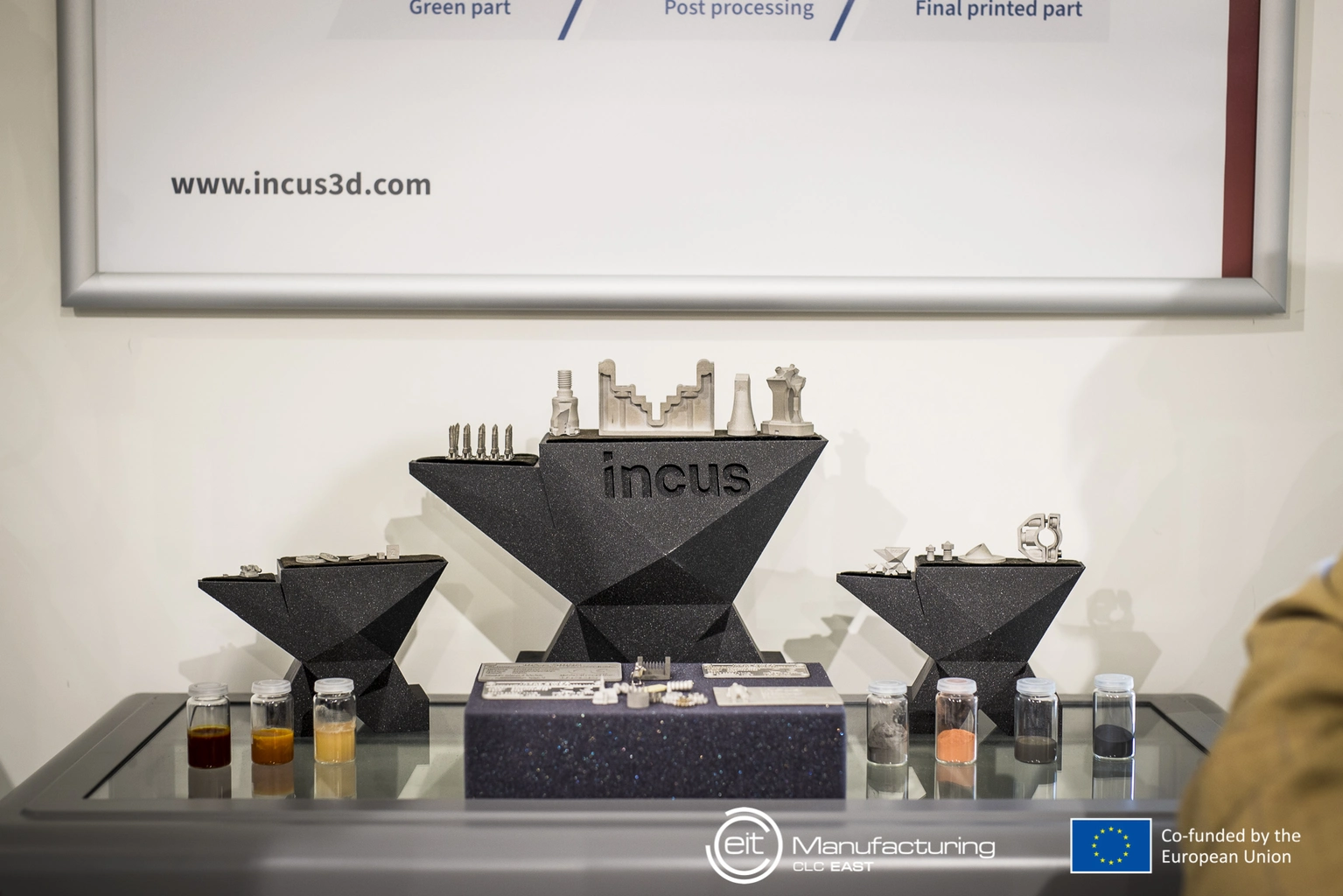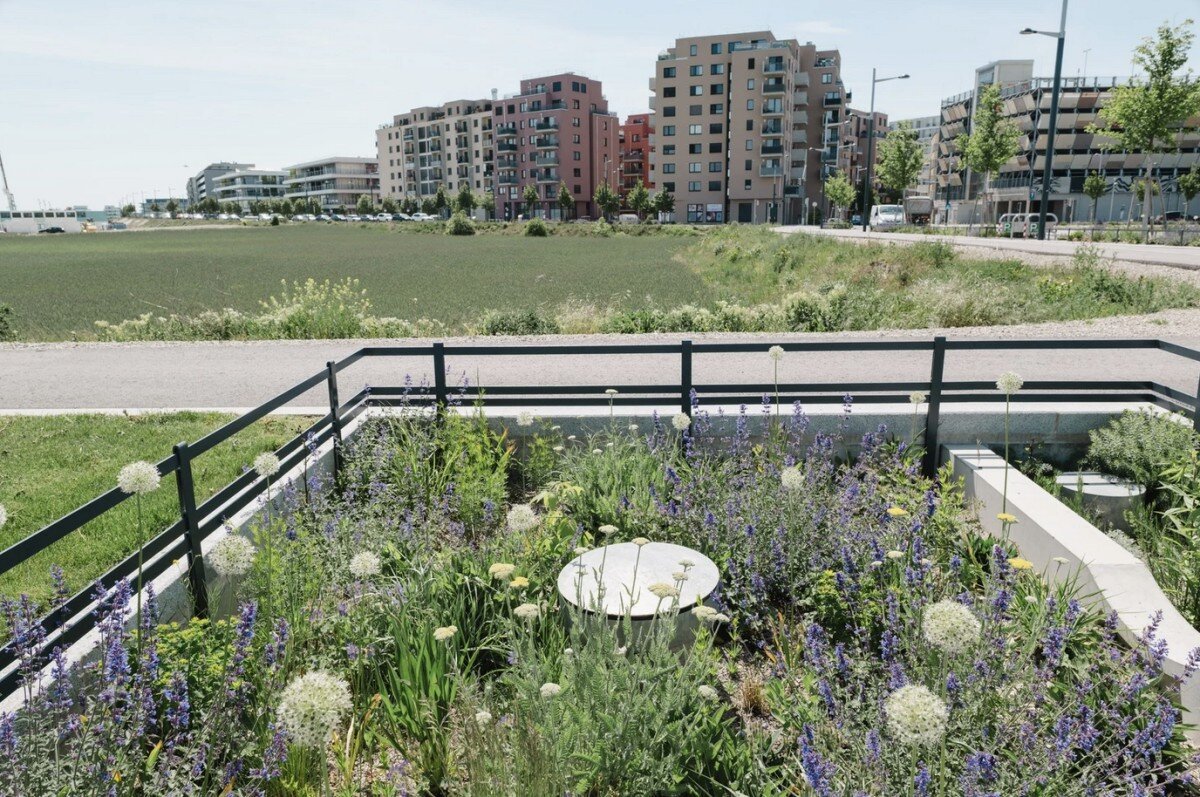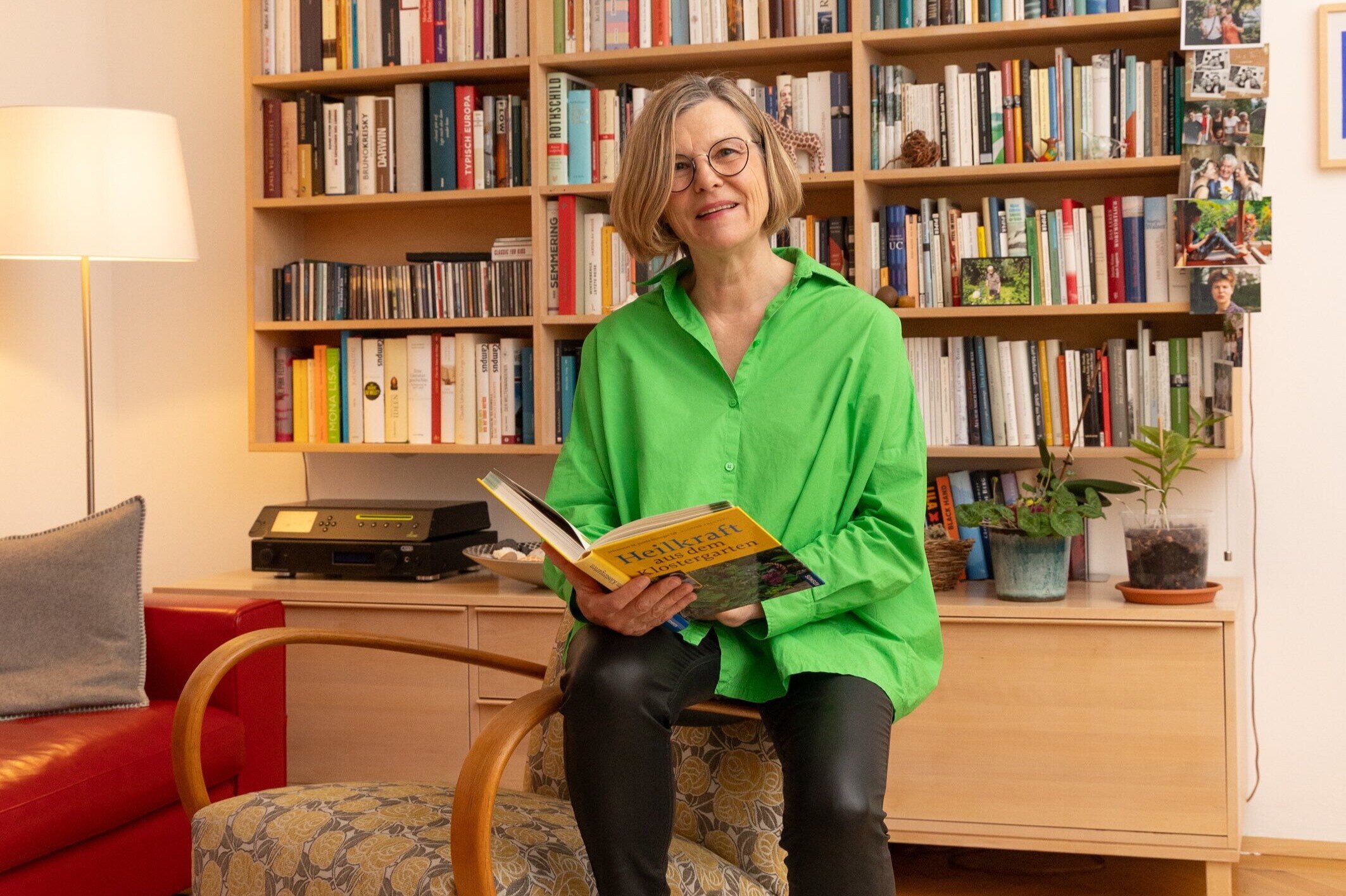Author
Christian Scherl
Published on 09.07.2025
From the business magazine "Workflow"
2025 Inner:City
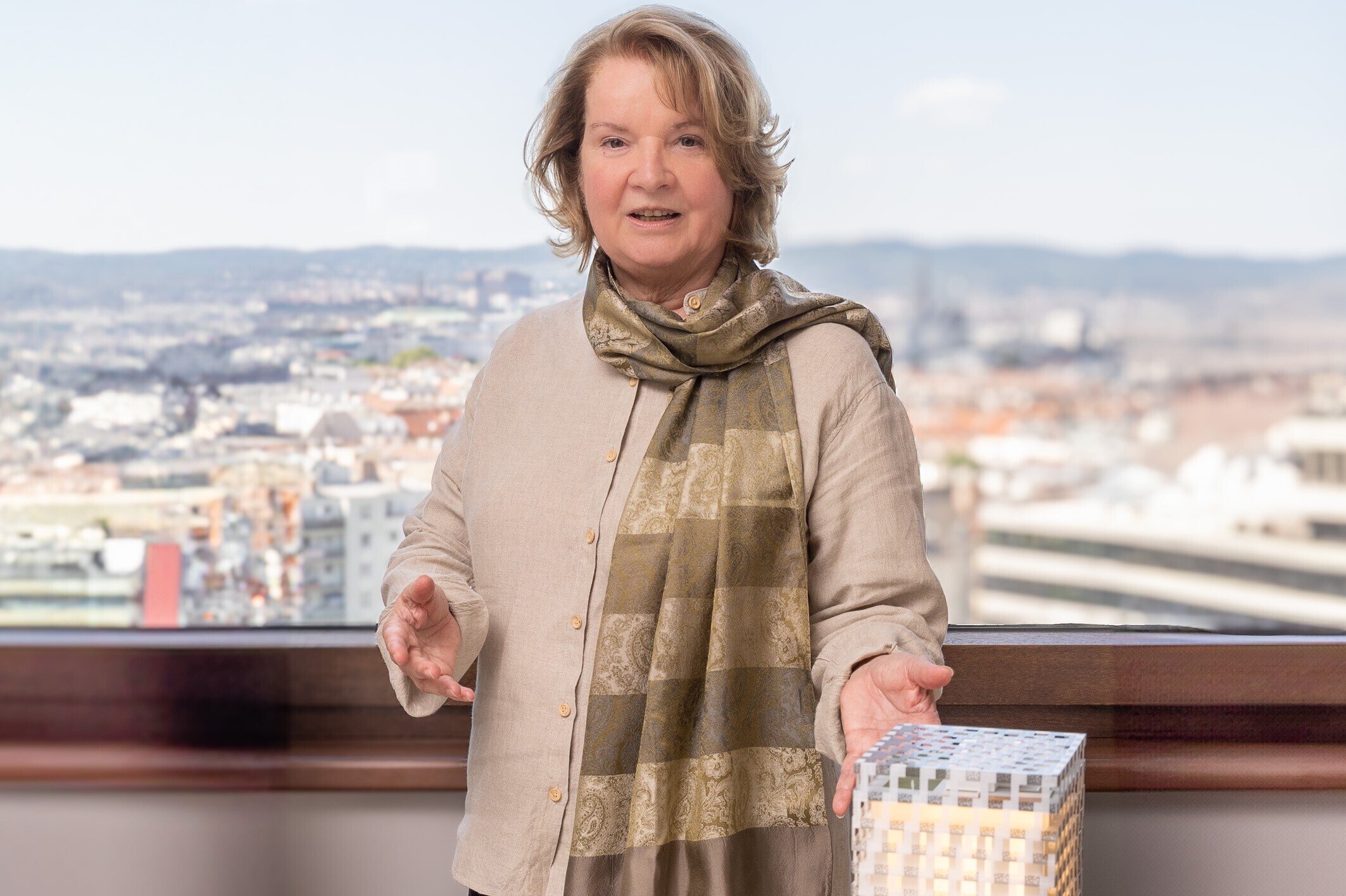
The 'maker' behind PIER05
PIER05 at the waterfront, right next to the U2 Seestadt station, is a groundbreaking flagship project: Four sustainable buildings, including two elegant high-rises of around 60 and 85 meters in height, combine innovative technology, green design, and the flair of spacious, two-story arcades as a promenade and relaxed local zone – a spectacular and impressive model for future-oriented living and working!
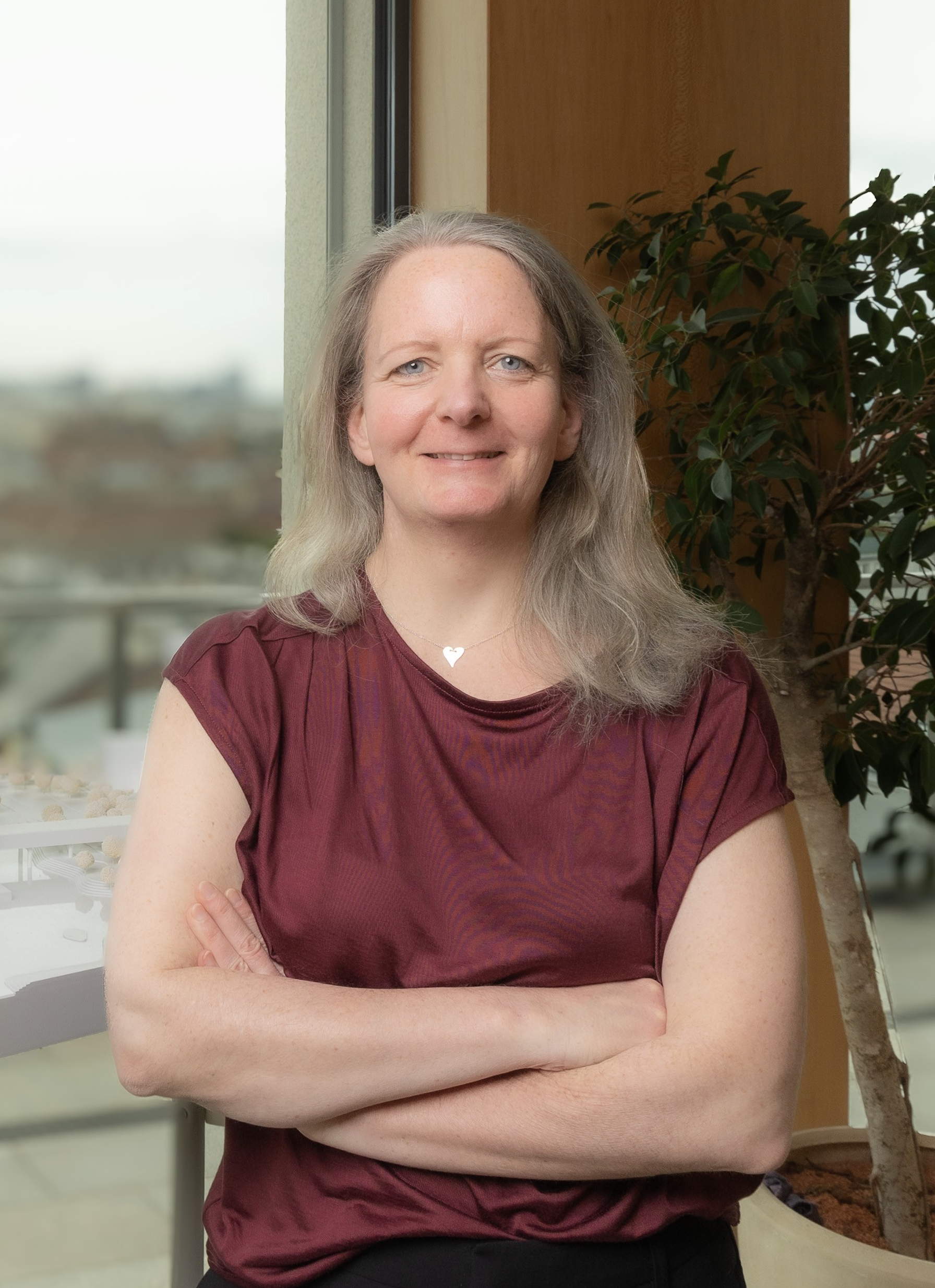
Andrea Gödel is the project manager at STC Development, a company known for sustainable project development and the construction of advanced, future-oriented real estate as part of neighborhood development.
Interview with Andrea Gödel
How much did your family background influence your career choice?
Andrea Gödel: My father is a mechanical engineer. As a child, I never wanted to follow in his footsteps, but that changed over time and today I am a certified engineer. In our family, it was important that there was great equality, regardless of my parents' division of roles. We usually made decisions together. There was never a statement in our family that girls couldn't do certain things just because they are girls. My role model was also my grandmother, who worked early on in a male-dominated environment and advocated for women in the workplace.
How did you come to study architecture?
Andrea Gödel: After graduating from high school, I wanted to do something practical and decided to train as a carpenter, but towards the end of my apprenticeship I realized I needed more of a challenge. I then decided to study architecture. My career path then took me from a small architecture firm through various positions to STC. With each job change, I moved further away from classic architectural planning and increasingly focused on project management.
Today, as project manager, you coordinate the entire PIER05 project. Where are the biggest challenges?
Andrea Gödel: At STC, we handle the entire project development in-house. This includes project management as well as planning and marketing. Of course, we have an excellent team on our side, especially in planning, but we are heavily involved in the planning process. The biggest challenge is to reconcile all legal, architectural, and economic requirements and to create a property that is marketable, sustainable, future-proof, and at the same time financially viable. The complexity of the project doesn't make it any easier – it's a bit like advanced Tetris.
Can a project have a feminine touch?
Andrea Gödel: It's not about gender, but about personal skills. As a project manager, it's important to keep an overview, be stress-resistant, and react flexibly to changing situations.
A project always bears the signature of everyone involved. Only then can it be balanced, optimized, diverse, and future-proof.
Andrea Gödel
Projektleiterin bei der STC Development
What fascinates you about project development?
Andrea Gödel: I am always excited by the opportunity to accompany and manage a project's development from the very beginning – seeing how initial ideas eventually become a finished building or building ensemble is simply amazing. The complexity of the topics and the collaboration with the many different project participants is incredibly exciting for me. When solutions are found together for supposed problems or new challenges are overcome, those are real successes that also bring the team closer together.
STC has developed many fascinating projects. What makes PIER05 stand out?
Andrea Gödel: At STC, the focus is always on sustainability, innovation, and future viability. What makes PIER05 special is that, in addition to our own high standards, there are also very ambitious requirements from Seestadt. The goals, especially regarding energy efficiency, are not easy to implement, but together we have developed a great technical concept that optimally uses local resources and synergies. For example, we use exhaust heat from the apartments to heat the hot water. We have never had such a complex project in such a small space. The coordination effort at PIER05 is definitely higher than in other projects of comparable size.
Let us in on how such a project comes about. What were the key considerations for PIER05?
Andrea Gödel: The micro-location is extremely attractive. The direct location on the lake and right next to the subway station is unique in this form and immediately showed great potential. Of course, we were also aware that the urban planning concept was not economically optimal. The slim building shapes bring challenges, but also create a very special architectural effect that will shape the location. Another key factor was the aspern klimafit initiative with its clearly defined criteria for ecological quality. These requirements are very much in line with our company's goals and philosophy.
What is your personal highlight at PIER05?
Andrea Gödel: We have a great and dedicated project team. It's also the first time I've worked with two different architects on a project. The coordination runs smoothly. Everyone is engaged and thinks outside the box. This naturally has a very positive effect on the quality of planning.
What do you see as the special contribution of PIER05?
Andrea Gödel: PIER05 is, in a way, the gateway to the entire northern part of Seestadt – a central hub where many things come together. Due to its immediate proximity to the subway station, the location is extremely visible. Numerous paths cross here, and people pass by automatically. This gives the location enormous foot traffic. Particularly exciting is that, despite the relatively small plot size, a generous gastronomic offering is planned. This will not only bring life to the area but also create a strong urban atmosphere. We are convinced that this mix of connectivity, frequency, and gastronomy will help attract new target groups and sustainably enliven the district.
The woman behind Lil-y am See
Lil-y am See will be a first-class residential resort: a vibrant, green masterpiece featuring high-rises, a building base that connects the entire ensemble and creates a second green level along the promenade, rooftop gardens, and attractive commercial spaces. Here, nature, comfort, and urban living merge into a unique meeting place!

Ingrid Soulier runs Soulier Real Estate GmbH together with her husband Philippe Soulier. The company is part of Soulier Holding, founded in 2019, and the IPSO Private Foundation, which also includes Maplan and its globally active subsidiaries and branches.
Interview with Ingrid Soulier
You come from a traditional entrepreneurial family. How did that shape your childhood and youth, and how much did it influence your career choice?
Ingrid Soulier: The family-owned mechanical engineering company Starlinger was ever-present in our family and always shaped our lives. We didn't know what 'work-life balance' was. Work was never just a job, but a passion. The three of us children didn't get pocket money, but we were allowed to help out in the company when needed, which gave us early entrepreneurial experience. For me, it was clear that I would become an entrepreneur myself, but at that time a career in the family business was not planned.
Yet you ended up in the family business. How did that happen?
Ingrid Soulier: My brother initially chose an artistic career, so taking over the family business was not an option for him at the time. After my father's cancer diagnosis in 1998, my sister and I took over management. Our parents set an example of equality – for us, it was a given. The staff was not very enthusiastic, as women and family members in leadership roles are often underestimated. We had to prove ourselves time and again.
You are a mother of several children. How did you balance work and family?
Ingrid Soulier: When our five children were between zero and eight years old, my husband and I moved to southern France from 1990 to 1998. Even then, there was all-day childcare and all-day schools. It was normal for mothers to work. I now have 14 grandchildren. I like to tell them that my father was always busy in his company, and yet I never felt I had to do without him.
How did your career continue?
Ingrid Soulier: When my father died in 2002, an advisory board was established for the group of companies, on which I sat with my siblings and my mother. But I always wanted to run my own company. In 2012, we split up the companies. My sister became the sole managing director of Starlinger, my brother took over SML, and my husband and I took over the mechanical engineering company Maplan, which my father had bought along with other companies. When we took over Maplan, the company was struggling. We quadrupled sales, made profits, and have weathered the crisis well in recent years.
Both your father and mother were entrepreneurs. From whom would you say you inherited the entrepreneurial gene the most?
Ingrid Soulier: It's a combination of both influences. For my mother, financial independence was paramount. She showed me never to underestimate others, as she herself was underestimated and oppressed as the poorest in the village. From my father, I inherited foresight and the realization that patience and humility are essential.
How did your passion for real estate development come about?
Ingrid Soulier: I have always been fascinated by real estate. In France, I ran a real estate agency from 1990 to 1998. Between 1998 and 2012, my husband and I bought, managed, and expanded several apartment buildings, but real project development was not yet an issue.
Housing is a basic need, and as a developer you have the opportunity to create sustainable, long-lasting projects. That’s what drives me.
Ingrid Soulier
Soulier Real Estate GmbH
With the company split, we expanded our real estate portfolio and professionalized management. In addition to apartment buildings, we also acquired land, including the former funeral home in the fourth district on Goldeggasse. The 'Golden Gardens' project was an immediate success.
How did the idea for the waterfront project come about?
Ingrid Soulier: To realize a true masterpiece on this site, a top-class architectural competition was held to determine a worthy winner, namely F+P/Ouerkraft Architekten. I am convinced that the architects are at least as excited and proud as we are to realize this extraordinary project. The name Lil-y am See came about spontaneously. We knew that the streets in Seestadt are named after famous women. The brainstorming – feminine, right on the water, water flower, easy to remember – led us to the name.
Why is Seestadt the perfect place for a project like Lil-y am See?
Ingrid Soulier: Our goal is to improve from project to project. For our new builds, we also go outside the Gürtel and always try to acquire the best plots. This was also the case in Seestadt. We have the 'prime spot' on the waterfront with the longest direct promenade. I knew that something had to be created at this great location that would set the highest standards in sustainability and quality of life. Renewable energy always plays an important role in all our real estate projects. For 25 years, we have had well heat pumps in our apartment buildings in the city center, which we use for heating and cooling. At Golden Gardens, we have the largest geothermal probe field within the Gürtel. In Seestadt, we will go even further, with green base buildings, rooftop gardens, and PV facades.
How will Lil-y am See change Seestadt?
Ingrid Soulier: Lil-y am See will enrich Seestadt in many ways. It combines a sophisticated energy concept with elegant architecture and functionality. With its promenade, it will become a magnet for all Seestadt residents. People are already excited about the model, and our projects usually end up looking just like the renderings.

